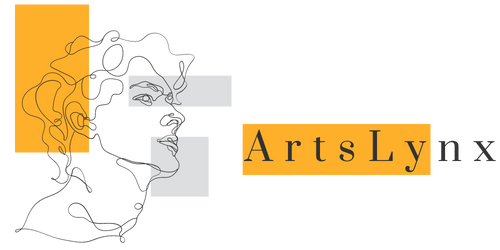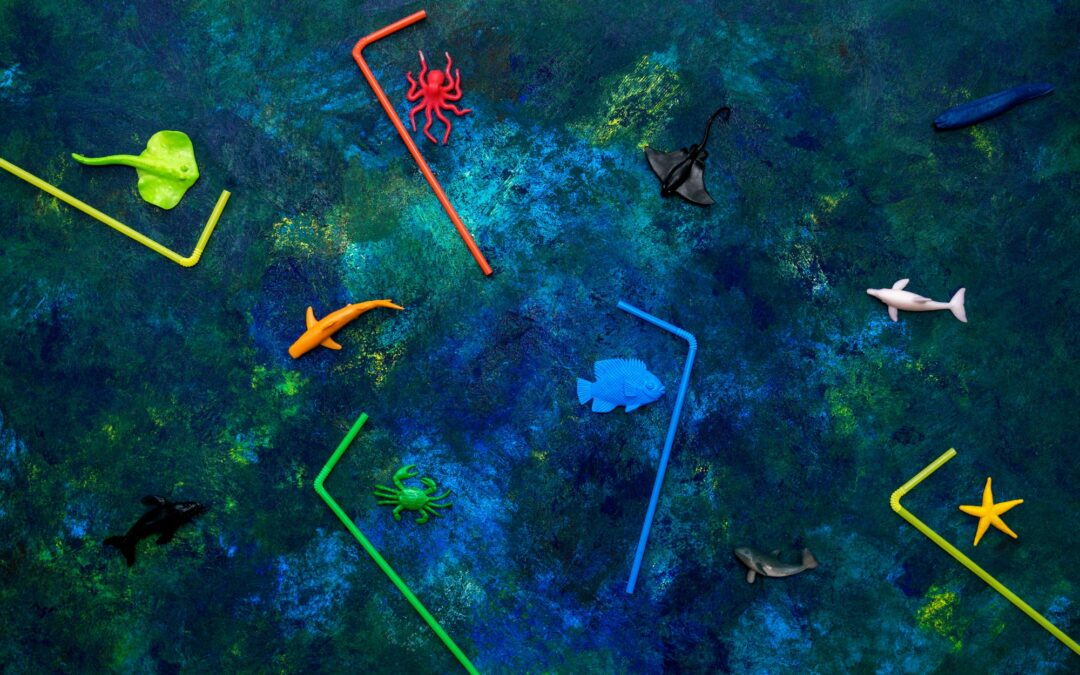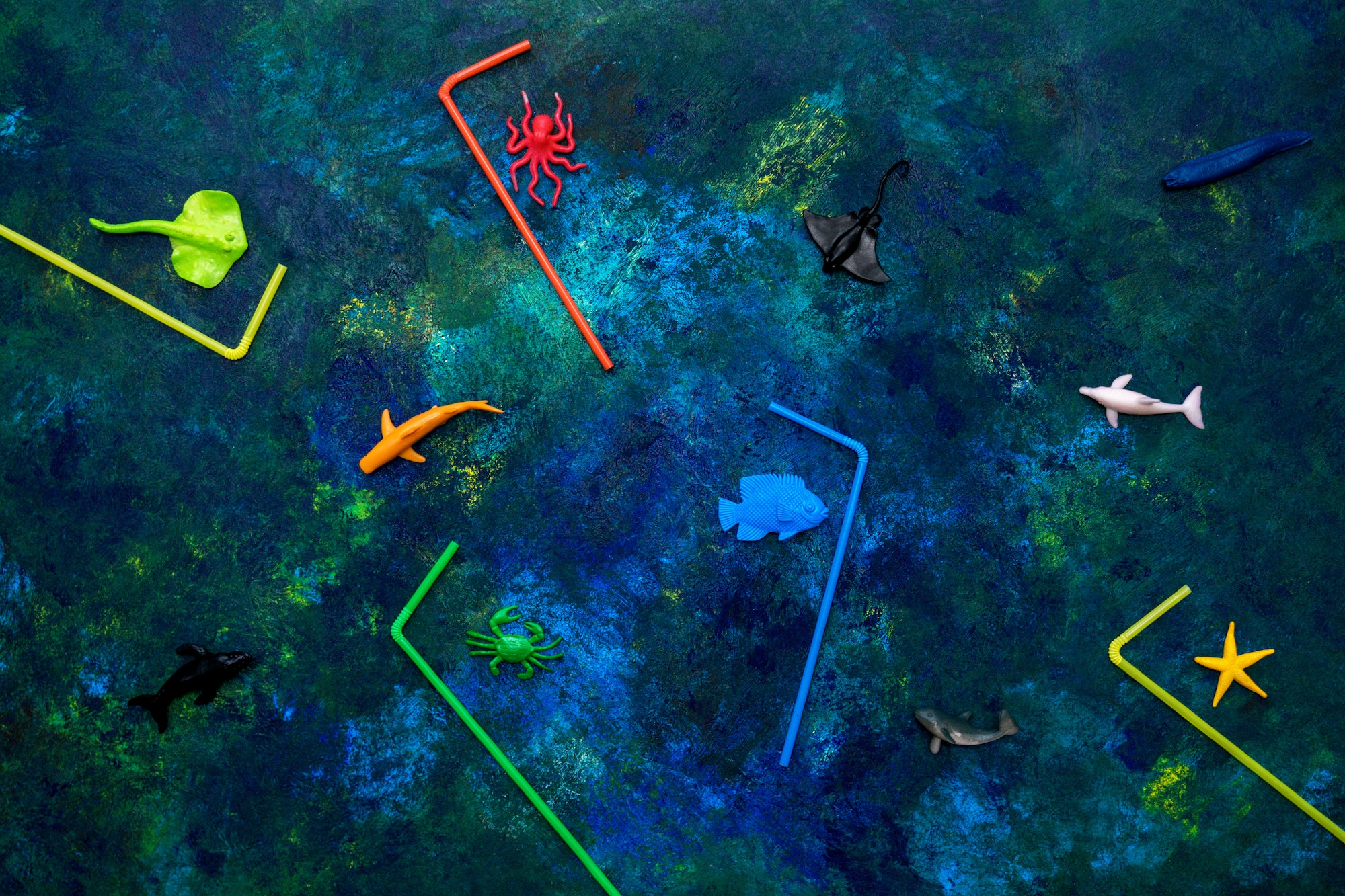The Challenges of Creating Art that interacts with and reflects the ecosystem are many. In this article, we will discuss the challenges of creating art that interacts with and reflects the ecosystem. We will also discuss how to create art that is both aesthetic and functional, which is a key component in any successful project.
- 1 What are the main challenges to create art that interacts and reflects the ecosystem?
- 2 What are the main advantages for the use of art to reconnect and reflect on the environment?
- 3 How can artists involve the public in the creation of works that explore and reflect ecosystems?
- 4 What are the specific challenges of the use of technologies to create art that interacts and reflects the ecosystem?
What are the main challenges to create art that interacts and reflects the ecosystem?
The development of art as an interaction object with its environment is a subject that is increasingly of interest to artists and creators. However, this can be a fairly difficult task, especially if you are not familiar with the process of making works of art.
There are different ways to achieve it and it is important that you choose the best way to succeed in your project.
When you start making pieces of art, you will have to take into account the following factors: the material used.
Your work must be made from the appropriate material to obtain the desired quality.
The dimensions and forms of art work are also important. To start, it will be preferable that your work is large and visible so that it can interact with its external environment (most often, it will be placed on a wall). First of all, it is necessary to take into account the following elements before starting: the color: it is essential that the color corresponds to the philosophy or the general theme of your creation.
We have for example the work of Philippe Pastor, called “ The Burned Trees” a giant sculpture representing burned trees of the south of France.
What are the main advantages for the use of art to reconnect and reflect on the environment?
Art can be a great way to connect to yourself and others.
The use of art can help you think about current environmental problems, but also on your own environment. Everyone is affected by the current ecological crisis.
People who find it difficult to go to others, or those who are shy, will have more facilities to express what they feel about the environment thanks to the drawing.
Engaged artists will be able to use their art to connect to people and encourage them to take part in climate and ecological change. This will have beneficial effects on the planet, because it will allow an important and engaging message to be passed.
You can use art to reconnect to others and to reconnect with your inner self. It also feels good to draw and express feelings that we feel in the face of certain important subjects such as climate change or air pollution.
How can artists involve the public in the creation of works that explore and reflect ecosystems?
Today, most artists are engaged in a kind of spiritual quest and seek to communicate their ideas to others.
The works of art generally reflect the opinions and experiences of the Creator.
The way they are created therefore represents the work itself. However, these works are not always accessible to those who wish to look at them or even simply understand them. In some cases, they can even be too complex to arouse considerable interest in the majority of people.
When you choose to create a work of art, you also opt for a form of communication.
You can involve your audience directly in the creation process or focus on the message you want to transmit with your work of art, which is just as important. If you want to speak to your audience using painting as a means of communication, for example, you can ask him for his opinion on a specific subject and then ask him how he would like to see this painting represent this specific subject.
The visual arts have several qualities which allow artists and spectators to interact with themselves or between them: they focus on a unique aspect of the creation process (musical composition for example); They involve the spectator; They are easily accessible; They are funny ; They do not require the use of verbal language (paintings).
What are the specific challenges of the use of technologies to create art that interacts and reflects the ecosystem?
The development of art that interacts and reflects the ecosystem is one of the most important characteristics of the 21st century.
Artists and art facilities that interact with the environment are an integral part of our daily life. Today, they are everywhere: at home, at the office, outside, in our cities, in our countryside … Digital art allows us to create a unique virtual world where we can explore different environments. This is an opportunity for artists to show their creativity and technical skills in this area. Indeed, this form of artistic expression can be used as a parallel tool to make positive changes to our daily life within the same physical environment.
The use of educational technologies to promote collaboration between generations is also a key factor to achieve this objective.
Art is an art project that explores the relationshipship between human and nature, it’s called ecological art. The Project Looks at the Ways in Which Art can interact with and reflect the ecosystem, exploring How it can be to create a more Equitable Relationshipship Between People and Nature.


